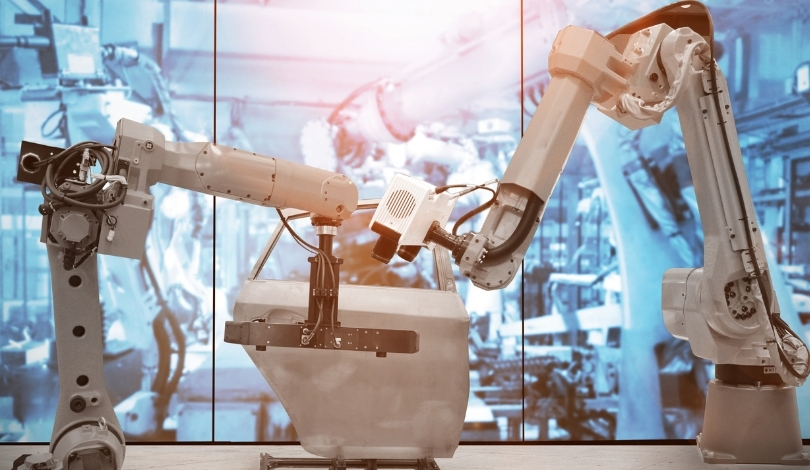The Journal of Field Robotics published research titled “A selective harvesting robot for cherry tomatoes: Design, development, field evaluation analysis,” which addresses the challenges of economically inefficient manual harvesting methods due to an aging population and rising labor costs. This study focuses on developing an automated system capable of harvesting cherry tomato clusters, an area less explored compared to larger tomato varieties. The research introduced notable advancements, such as a unique end-effector mechanism and a sophisticated visual perception system, aiming to increase harvesting efficiency and stability.
With the aim of enhancing grasping stability, researchers developed a novel end-effector that employs a cam mechanism. This design allows for asynchronous cutting and grasping actions using a single power source. This innovation is critical for ensuring that the robot can handle the delicate and varied nature of cherry tomato clusters without causing damage.
Visual Perception System
The visual perception system designed for the robot consists of two main components: an initial rough positioning of the tomato clusters from a distance and precise identification of cutting points for the pedicels at a closer range. This two-tiered approach enables the robot to adaptively determine the best approach angle based on the point cloud features extracted from the fruits and stems, ensuring accurate cuts and minimal fruit loss.
To validate the system’s effectiveness, a prototype of the harvesting robot was tested in real greenhouse environments. The robot demonstrated localization success rates of 88.5% and 83.7% for pedicel cutting points in two different greenhouses, respectively. The corresponding harvesting success rates were 57.7% and 55.4%. These results underscore the robot’s potential for commercial application, though the study also highlights areas for improvement, particularly in handling obstructed pedicels and optimizing harvest cycle time.
In previous studies, most research concentrated on harvesting larger tomato varieties individually rather than in clusters. These earlier efforts often resulted in higher success rates but lacked the flexibility and adaptability required for smaller, clustered fruits like cherry tomatoes. The current study bridges this gap by focusing on cluster harvesting, which is more applicable to cherry tomatoes due to their growth patterns.
Earlier research also tended to prioritize either the mechanical design or the perception system, but not both in tandem, leading to limitations in practical deployment. This study’s integrated approach, combining mechanical innovation with advanced perception technology, represents a more holistic solution to the challenges of automated harvesting in horticulture.
Future Directions and Potential
Analyzing the experimental outcomes, it becomes evident that while the developed robot shows significant promise, there are still challenges to overcome. Future research could focus on improving the end-effector’s adaptability to clustered environments and enhancing the visual system’s accuracy in varied lighting conditions. Additionally, refining the robot’s cycle time could make it more competitive with manual labor, further justifying its commercial use.
For readers interested in agricultural robotics, understanding the balance between mechanical design and visual perception is crucial. This study provides valuable insights into the complexities of developing automated harvesting systems, particularly for delicate fruit like cherry tomatoes. Continued advancements in this field could significantly impact the future of agricultural practices, making them more efficient and sustainable.










